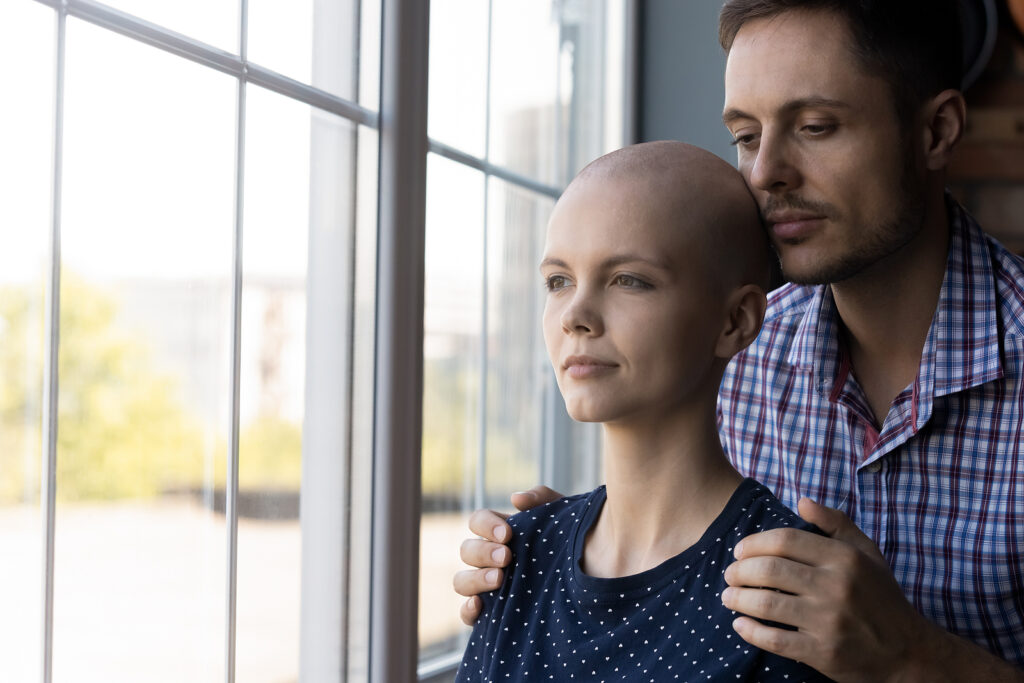By Lynda Williams, medwireNews Reporter
medwireNews: A third of adults who survive childhood cancer continue to have a fear of cancer recurrence (FCR) for decades after their diagnosis, highlights research published in JAMA Network Open.
“These findings underscore the substantial psychological and functional burden of FCR and suggest health care professionals should routinely assess FCR as part of providing comprehensive care to long-term survivors”, recommend Nicole Alberts (Concordia University, Montréal, Québec, Canada) and co-authors.
The team asked 229 participants of the Childhood Cancer Survivor Study who attended 31 North American hospitals between 1970 and 1999 to complete the 9-item Fear of Cancer Recurrence Inventory-Short Form, which assesses intrusive thoughts associated with the risk of cancer returning to the same or new part of the body on Likert scales of 0–4, where 0 equals “not at all” and 4 equals “a great deal”.
Survivors also completed the Patient Health Questionnaire 8-item for depressive symptoms, the Generalized Anxiety Disorder 7-item assessment, and other measures for self-perceived health, intolerance of uncertainty, chronic pain and sleep disturbance.
Half (50.2%) of the survivors were women, the majority were White Non-Hispanic (89.5%) and the average age was 39.6 years; 64.6% had attended or graduated from college and 66.5% were in full-time employment.
A third (34.5%) of the participants had a history of leukaemia, and the remainder had Wilms, neuroblastoma or soft tissue sarcoma (22.3%), lymphoma (20.5%), bone cancer (12.2%) or central nervous system tumours (10.5%). The average time from diagnosis was 31.7 years, during which time 9.2% had experienced primary cancer recurrence and 7.4% a subsequent malignancy.
Overall, 16.6% of the survivors had a clinically significant (CS)-FCR, defined as a score of 22 points or higher that is associated with symptoms “causing functional impairment and/or distress”, explain Alberts et al. CS-FCR has previously been associated with negative outcomes in survivors of adult cancer, such as anxiety, depression and reduced quality of life, they say.
A further 15.7% of patients had a high FCR (16–21 points), while 67.7% had minimal FCR (<16 points), they say.
The team performed multivariate analysis considering a raft of confounding factors including diagnosis, type of cancer treatments received, sequelae and comorbidity, and demographic characteristics.
This indicated that survivors were significantly more likely to experience CS-FCR if they were unemployed (prevalence ratio [PR]=2.5) or had completed college or an undergraduate degree (PR=4.9), but that primary recurrence or second malignancy were not significant predictors of CS-FCR.
Survivors were also significantly more likely to have CS-FCR if they had been diagnosed with a neurologic condition (PR=3.3) and had undergone pelvic radiation (PR=2.9) or limb-sparing surgery or amputation (PR=2.4).
In addition, having CS-FCR was significantly more likely if survivors had elevated signs of either anxiety or depression, or both conditions (PR=2.6 and 3.2, respectively), and was significantly more common in survivors who considered their health to be poor or fair rather than good, very good or excellent (PR=3.0).
Although 41% of survivors reported experiencing chronic pain, this was not associated with CS-FCR in the analysis, the researchers note.
“In addition to providing one of the first characterizations of FCR among adult survivors of childhood cancer, the current study demonstrated the robust role of anxiety, depression, and survivors’ perception of their health as risk factors for CS-FCR”, Alberts and co-authors conclude.
“Moreover, our findings help lay the groundwork for an improved understanding of FCR among long-term survivors, which is vital to informing psychological screening and intervention efforts.”
News stories are provided by medwireNews, which is an independent medical news service provided by Springer Healthcare Ltd. © 2024 Springer Healthcare Ltd, part of the Springer Nature Group
JAMA Netw Open 2024; doi:10.1001/jamanetworkopen.2024.26144

